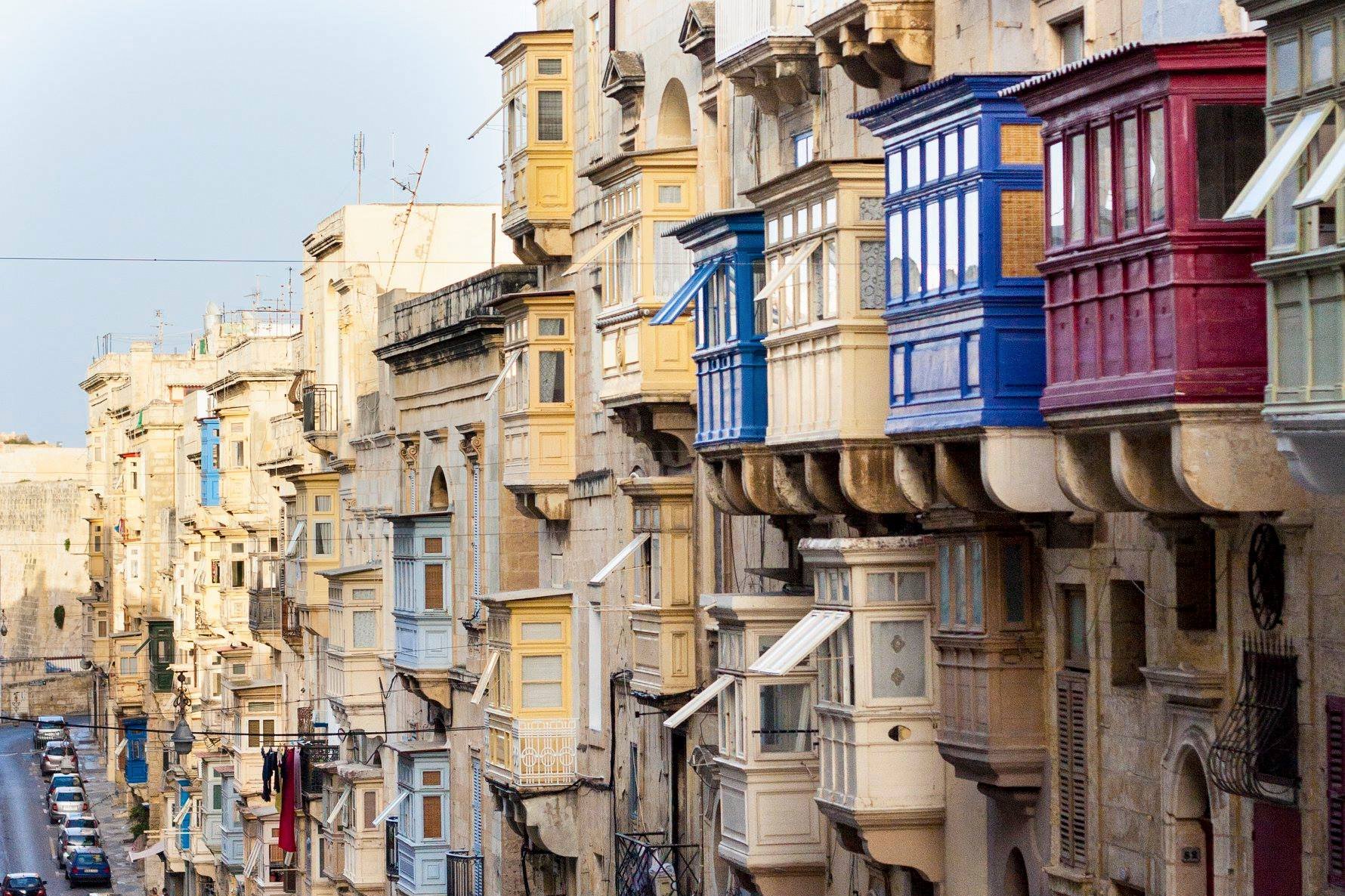Everything you need to know about restoring a Maltese balcony

There are few architectural features that say ‘Malta!’ quite as loudly as the traditional wooden balcony found on the facades of properties like townhouses. There has been a resurgent interest in preserving these colourful, iconic structures and an industry has grown up around that need. Here is what you need to know about restoring a Maltese balcony to its full glory.
There are few architectural features that say ‘Malta!’ quite as loudly as the traditional wooden balcony found on the facades of properties like townhouses. There has been a resurgent interest in preserving these colourful, iconic structures and an industry has grown up around that need. Here is what you need to know about restoring a Maltese balcony to its full glory.
Repair or replace?
It’s hard to miss a Maltese balcony when admiring a townhouse from the street, but it’s just as hard to tell the structure’s condition from a distance. A close inspection from a professional will tell you whether a refurbishment is necessary or if completely replacing the balcony is the safer option.
Most balconies are made of hardwoods, which means they are durable and resistant to the strong sunlight, driving winds and high humidity that characterise the Maltese climate. Other materials like paint and glass may not fare so well. It may be necessary to strip a balcony of its old paint, rusted metal fixtures and thin glass window panes in order to make it look its best.
With some expert attention, even a very old balcony can be brought back to life. In some cases however, there might be too much damage and neglect to save the existing structure. Problems like wood rot can creep in that make a balcony both unsightly and unsafe. In this case, a complete rebuild will be necessary.
While it is the more expensive option, a rebuild means that you are guaranteed a quality balcony with no underlying issues. Most owners opt for an exact replica of the previous structure, but you can also make some changes to the design if you want to.

Building a balcony
There are several companies and workshops that specialise in the restoration and building of traditional balconies. If you’re going down this route, the first step is to get a quotation, ideally one which includes ancillary costs such as scaffolding and council permits if required.
A carpenter will then create the balcony structure using wood, fittings and other materials specifically chosen for their durability. Your preferences on the style of fittings, paint colour and so on will determine what the end product looks like while the craftsman will take care of ensuring the balcony is properly cleaned, sealed and ready to be fitted, ready to withstand anything the weather can throw at it.
In most cases, the completed, joined balcony travels in one piece from workshop to the home or office, which makes for an interesting sight in traffic. The balcony is then lifted into place (a council permit will be needed if the road is narrow and needs to be closed to traffic for this bit) and secured to the stone.
Balcony maintenance
Your brand-new or refurbished balcony will look great but it needs regular care to keep it that way. Aside from ensuring the inside is swept and clean, commercial wood cleaners should be used to keep the balcony free of mildew and to prevent oxidation.
The judicious use of a pressure washer can help remove any dirt build-up but care should be taken not to damage the wood underneath as this will speed up its erosion. The ideal time to do this is during warmer periods, which gives the wood time to dry off completely.

Help with the bill
The Maltese government has launched several schemes over the years, aimed at helping homeowners with the financial burden of restoring a traditional balcony. These schemes differ depending on where the property is located – not all localities are included and some restrict funding to buildings in the central areas of a town.
It’s worth finding out whether your townhouse falls within an area covered by a restoration scheme as this can make your budget go much further.
A Maltese balcony adds interest to a home’s facade while bringing light and air to the interior. Those hoping to buy property with a traditional balcony can, with some professional care, enjoy the charms of such a feature for many years to come.